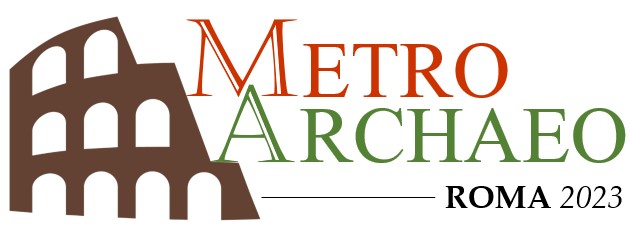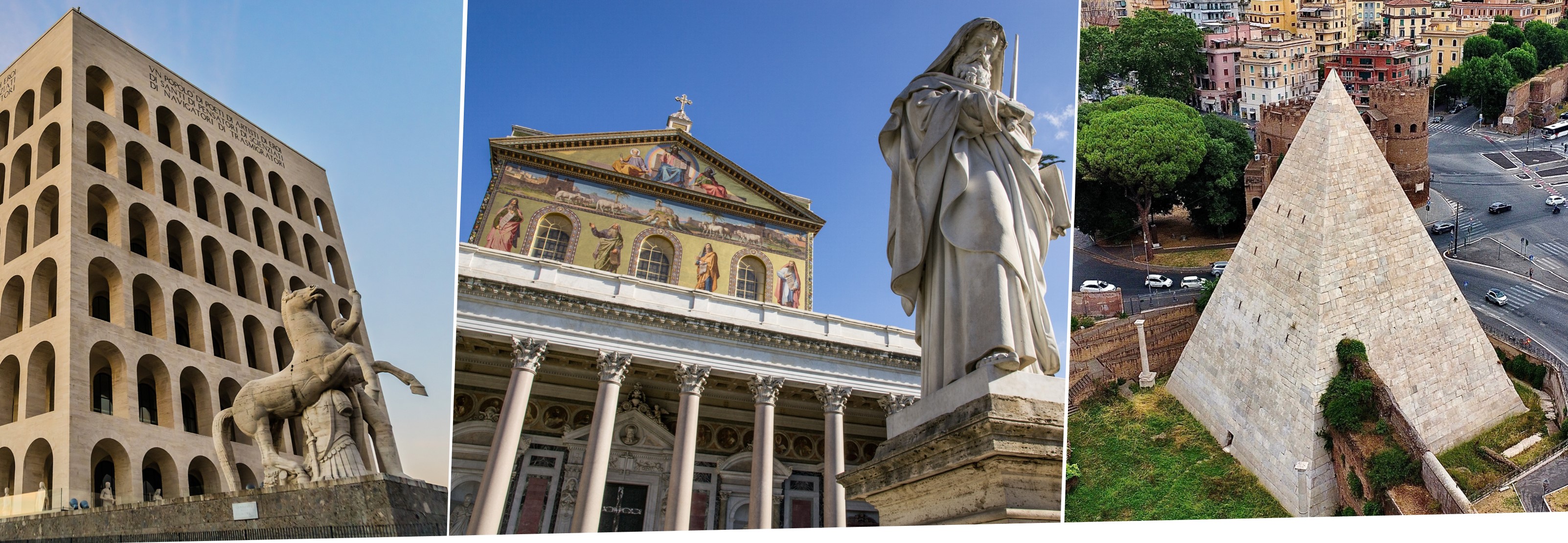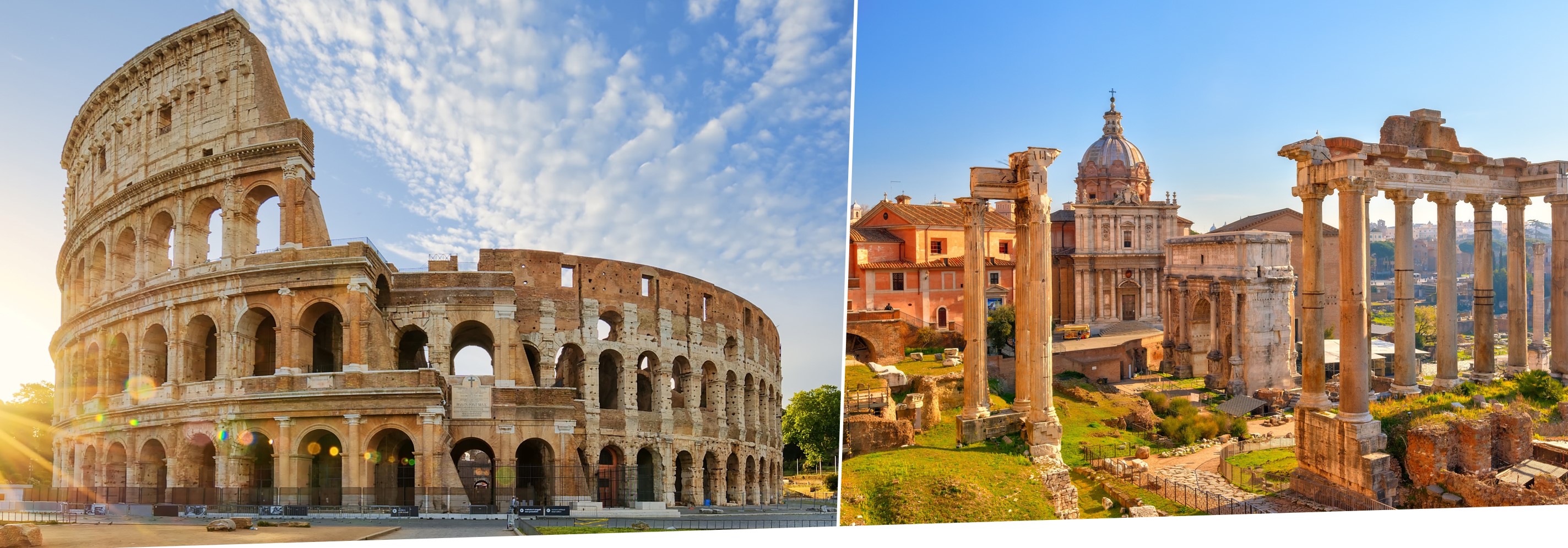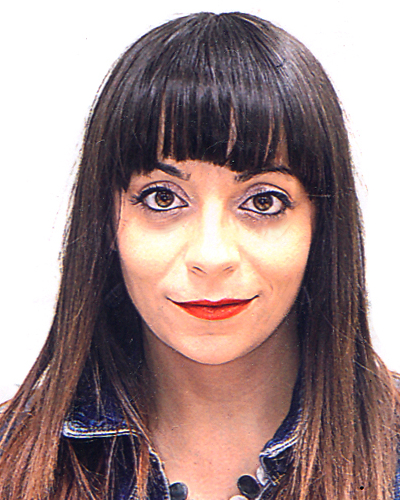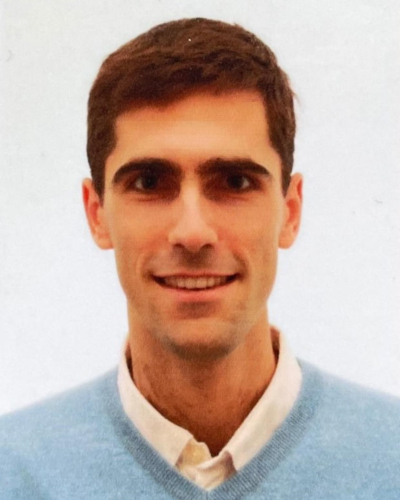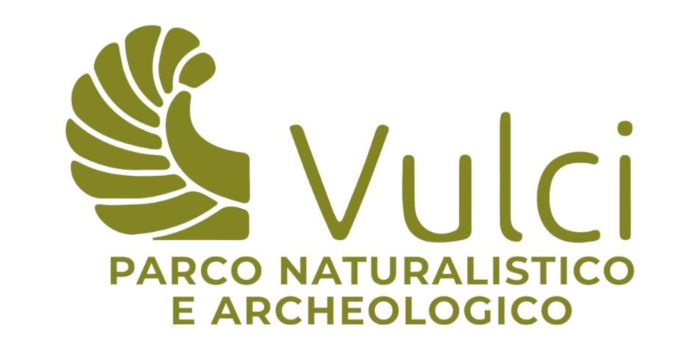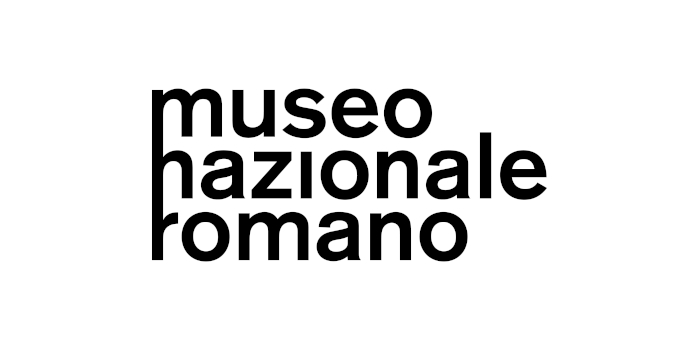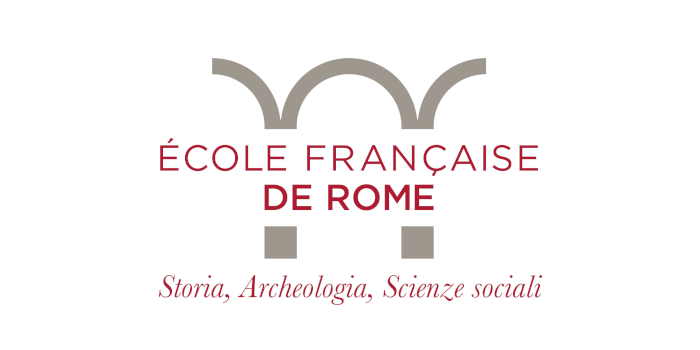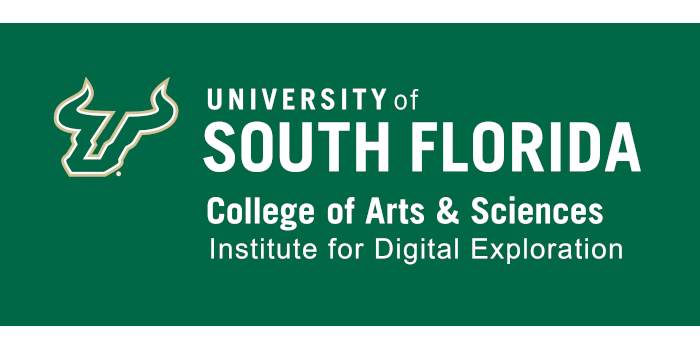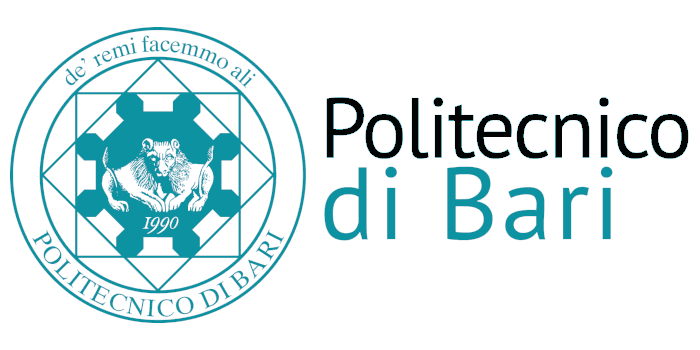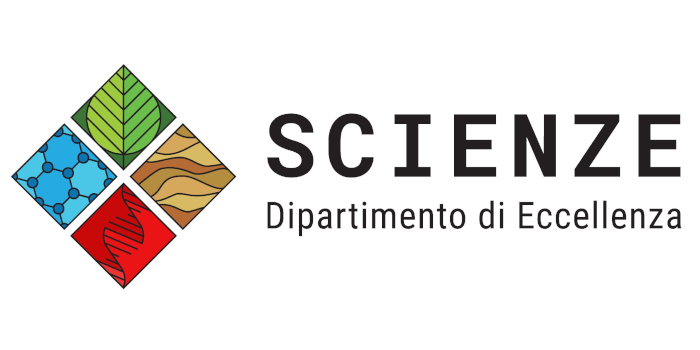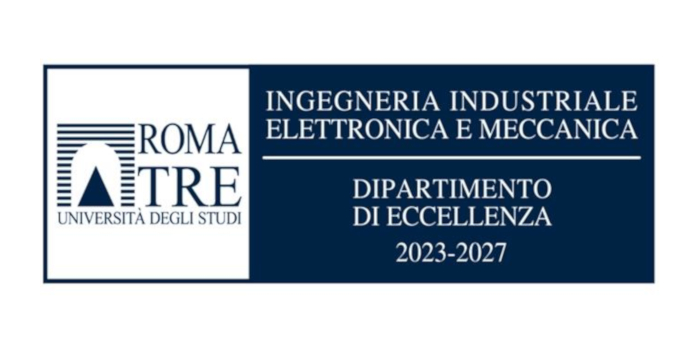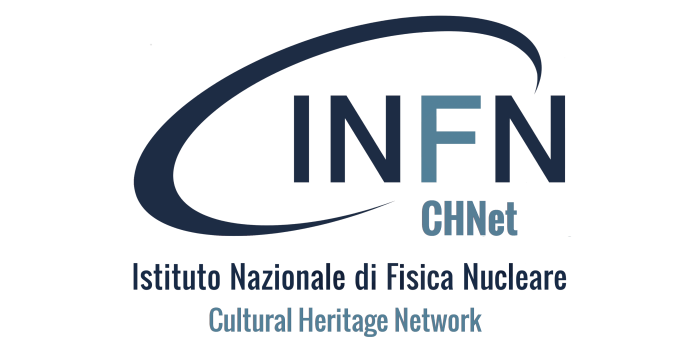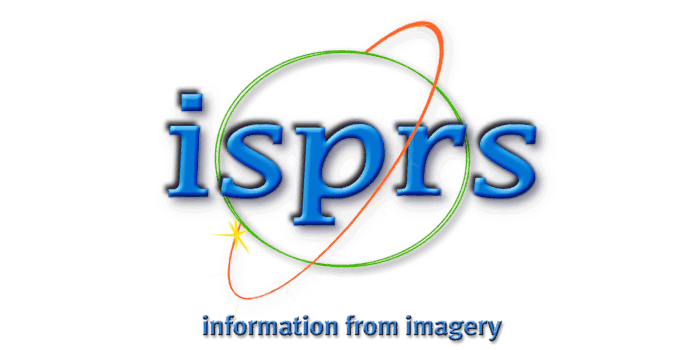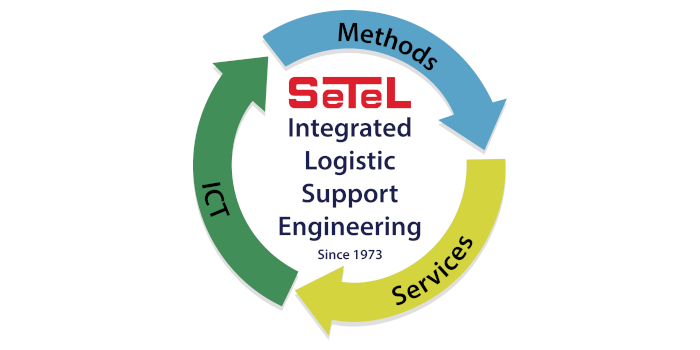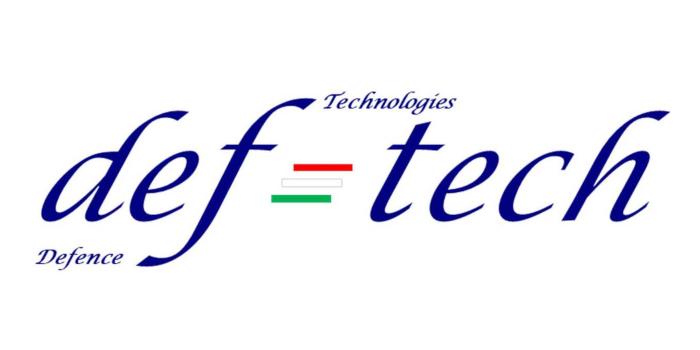SPECIAL SESSION #26
The interaction between atmospheric pollution and cultural heritage: From outdoor to indoor environments
ORGANIZED BY
Valeria Comite
University of Milan, Italy
Andrea Bergomi
University of Milan, Italy
Concetta Pironti
University of Salerno, Italy
Maria Ricciardi
University of Salerno, Italy
ABSTRACT
The state of conservation of historical artefacts and works of art is highly influenced by the air quality of the surrounding environment. The presence of atmospheric pollutants deriving from combustion sources in outdoor air, such as sulphur dioxide and particulate matter, leads to the formation of heterogenous encrustations on the surfaces of stone materials, known as black crusts. These pollutants can also penetrate and accumulate in indoor environments leading to several other degradation phenomena. In this regard, temperature and relative humidity are two important factors which play a significant role in aiding or inhibiting the degradation processes. Biodeterioration also represents an important variable in cultural heritage conservation, and the monitoring of the microbial flora must be taken into account.
In order to fully understand the relationship between atmospheric pollutants and degradation of cultural heritage, a complete chemical characterization of these species is necessary. The impact of particulate matter may vary depending on the concentration, the dimensional distribution of the particles and the mass percentage of the different components. Specifically, the greatest concerns are related to the fine fraction which is able to interact and penetrate more efficiently with the surfaces of interest. Knowing the concentration and reactivity of other gaseous species is also crucial in order to fully assess their impact on historical artefacts.
In general, the synergic effect of the various pollutants, microbial flora and other environmental factors can induce greater damage than what each individual species may cause. All these parameters present both in indoor and outdoor environments lead, if not monitored, to the development of degradation and alteration of the surfaces of the works of art. Their study and characterization can help to reduce the damage by aiding the development of new and improved mitigation strategies and restoration processes, along with innovative protective coatings.
MAIN TOPICS
Main topics include, but are not limited to:
- Study of the degradation phenomena induced by atmospheric pollutants on surfaces exposed to outdoor environments;
- Outdoor air quality monitoring to evaluate the impact of the pollutants on cultural heritage;
- Study of the air quality and microclimatic conditions in indoor environments;
- Characterization of biodeteriogens for the safeguard of artworks in cultural heritage;
- Sampling systems and analytical methods for the characterization of environmental pollutants;
- Sistemi si campionamento e analisi per la valutazione di inquinanti ambientali;
- Study of the performance of surface protection and consolidation methods;
- Innovative methods for surface restoration.
ABOUT THE ORGANIZERS
Valeria Comite is a researcher at the Department of Chemistry at the University of Milan. She graduated in Diagnostics, Conservation and Restoration of Cultural Heritage at the University of Calabria in 2010 and obtained her PhD in Earth Sciences at the University of Catania (XXVI Cycle) in 2014. Her research interests are concerned with the development of different topics in the field of analytical chemistry including: blackening and degradation of cultural heritage (black crusts); interactions between materials and air pollution; characterizations of environmental and food matrices; and experimentation and testing of new protective/consolidating products against aging, weathering and decay agents on stone materials. Furthermore, she is author of 73 scientifc publications on international peer-review journals; h-index (Scopus) 18; 38 conference proceedings; numerous communications in national and international congresses.
Andrea Bergomi is a PhD student in Chemistry at the University of Milan. He graduated in Chemical Sciences at the University of Milan in 2021 and worked as a researcher for Innovhub SSI until the end of 2021. His research interests are mainly related to the study of air pollution and air quality using innovative sampling systems and analytical techniques for both regulated and non-regulated pollutants. Specifically, the qualitative and quantitative determination of gaseous pollutants and particulate matter from conventional and unconventional sources, the development of new methodologies for the analysis of the carbonaceous fraction of particulate matter sampled in critical conditions, and the study of the interaction between air pollutants and cultural heritage. Author of 8 scientifc publications on international peer-review journals; h-index (Scopus) 2; numerous communications in national and international congresses.
Concetta Pironti
- Current position: Post-doc Researcher at Department of Medicine and Surgery-University of Salerno under the supervision of Prof. Oriana Motta (since February 2020);
- February 2018: PhD in Chemistry at Department of Chemistry and Biology-University of Salerno under the supervision of Prof. Antonio Proto (Environmental Chemistry Group);
- July 2014: Master Degree in Chemistry at University of Salerno;
- Fields of interest: Analytical Chemistry, Isotopic Analysis, Environmental Pollution Monitoring, Environmental Chemistry, Green Chemistry, Public and Professional Health;
- Publications: 38, Citations: 358, H-index: 12 (Scopus); Congress participation: 35.
Maria Ricciardi
- Current position: Researcher (RTD-B) of Analytical Chemistry at the Department of Chemistry and Biology, University of Salerno;
- April 2019-October 2022: Post-doc Researcher at University of Salerno;
- January 2019: PhD in Chemistry at Department of Chemistry and Biology, University of Salerno, under the supervision of Prof. Antonio Proto (Environmental Chemistry Group);
- July 2015: Master Degree in Chemistry at University of Salerno;
- Fields of interest: Analytical Chemistry, Environmental Chemistry, Environmental Pollution Monitoring, Isotopic Analysis, Green Chemistry, Waste Recovery and Valorisation, Environmentally Friendly Catalysis;
- Publications: 37, Citations: 538, H-index: 14 (Scopus); Congress participation: 50.
